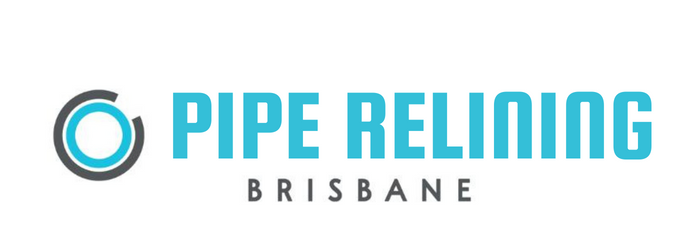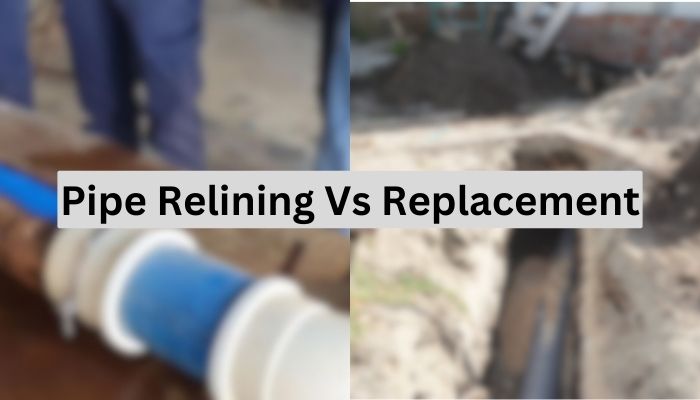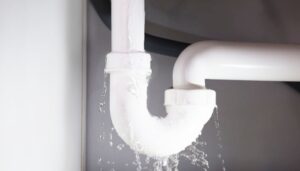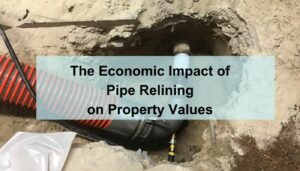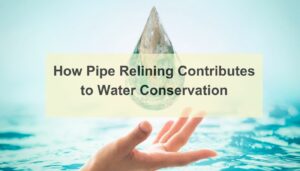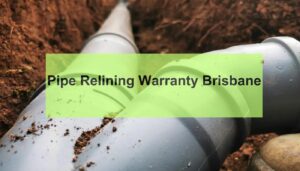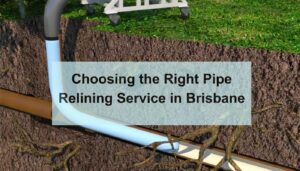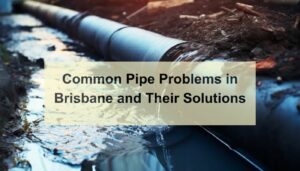When it comes to repairing damaged pipes, property owners are often faced with two primary options: pipe relining and pipe replacement. Both methods have their unique processes, benefits labour costs, and drawbacks. In this first part of our discussion on “Pipe Relining vs. Replacement,” we’ll delve into what each pipe repair method entails and lay the groundwork for a comprehensive comparison.
What is Pipe Relining?
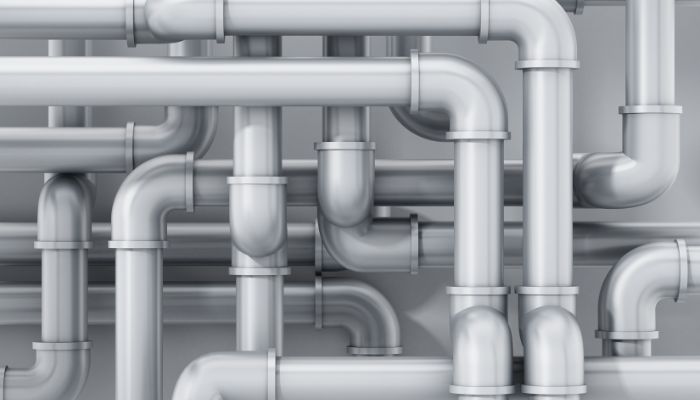
Pipe relining, also known as Cured-In-Place Pipe (CIPP) lining, is a method of repairing damaged pipes by creating a “pipe within a pipe.” This trenchless technology involves inserting a flexible tube coated with resin into the damaged pipe. Once in place, the tube is inflated, allowing the resin to adhere to the interior of the pipe inside the existing pipe. The resin then cures and hardens, forming a new, seamless pipe that repairs leaks and restores function effectively repair pipes.
Key Features of Pipe Relining:
- Trenchless Technology: Minimal digging is required, making it less intrusive.
- Efficiency: Typically faster than traditional replacement methods.
- Cost-Effectiveness: Often more affordable in the long run due to less labor and restoration costs.
- Durability: The new lining is resistant to corrosion, tree roots, and leaks.
What is Pipe Replacement?
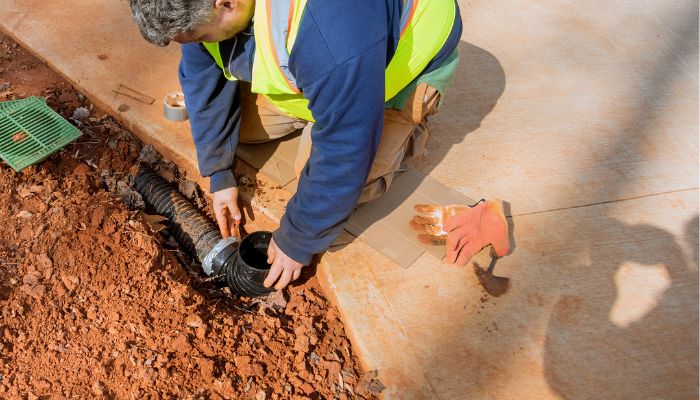
Pipe replacement, on the other hand, is the traditional method of fixing damaged pipes. This whole process involves digging or excavating the old or broken pipe and replacing it with a new one. It’s a straightforward approach: remove the broken or corroded pipe and install a new pipe in its place.
Key Features of Pipe Replacement:
- Excavation Required: Involves digging up the old pipes, which can be disruptive.
- Time-Consuming: The process can take longer due to excavation and installation.
- Higher Initial Costs: Often more expensive upfront due to extensive labor and equipment.
- Longevity: New pipes, especially with modern materials, can have a long lifespan.
Comparing the Basics
At a glance, the primary difference between the two methods of pipe replacements lies in their approach. Pipe relining is less invasive, focusing on repairing the existing pipe internally. In contrast, pipe replacement is more about starting anew, removing the very old pipe and bringing in the new.
Considerations for Choice:
- Condition of Pipes: Severely damaged or collapsed pipes may require replacement.
- Location and Accessibility: Pipes under structures or landscapes are better candidates for relining.
- Budget Constraints: While relining might be more cost-effective, budget constraints and long-term planning play a crucial role in decision-making.
- Environmental Impact: Relining is often considered more environmentally friendly due to less soil and landscape disturbance.
Advantages and Disadvantages of Pipe Relining and Replacement
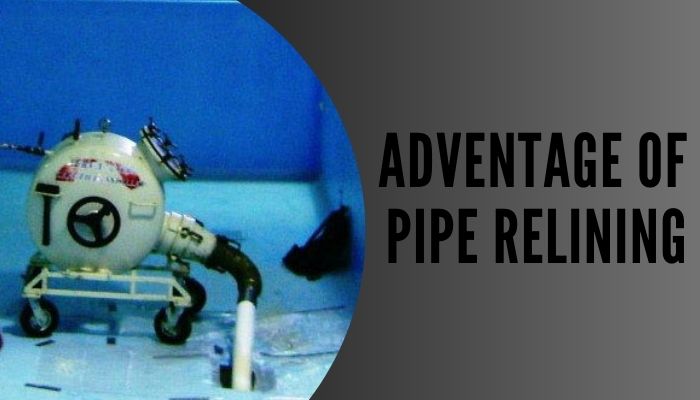
Advantages of Pipe Relining
- Minimal Disruption: One of the most significant advantages of pipe relining is its non-invasive nature. The process requires little to no digging, preserving landscapes, driveways, and flooring. This aspect is particularly beneficial in urban areas or properties with extensive landscaping.
- Cost-Effectiveness: While the initial cost can be high, pipe relining often proves more economical in the long run. It eliminates the need for extensive excavation and the associated restoration costs of landscapes and structures.
- Time Efficiency: Pipe relining is generally quicker than pipe replacement. Most relining jobs can be completed in a day, minimizing disruption to the property owner’s routine.
- Durability: Relined pipes are resistant to corrosion, tree roots, and leaks. The new lining can extend the life of existing pipes by several decades, often with warranties to back this up.
- Environmental Friendliness: With less excavation, pipe relining is a more environmentally friendly option. It reduces the carbon footprint associated with heavy machinery and extensive digging.
Disadvantages of Pipe Relining
- Not Suitable for All Pipes: Pipe relining is not applicable for pipes that have collapsed or are severely misshapen. It’s also less effective for pipes with multiple bends and severe diameter changes.
- Long-Term Effectiveness: While relined pipes are durable, they may not always match the lifespan of completely new pipes, especially in cases of severe damage.
- Initial Investment: The cost of the specialized equipment and materials for pipe relining can be higher than traditional pipe replacement in some cases.
Advantages of Pipe Replacement
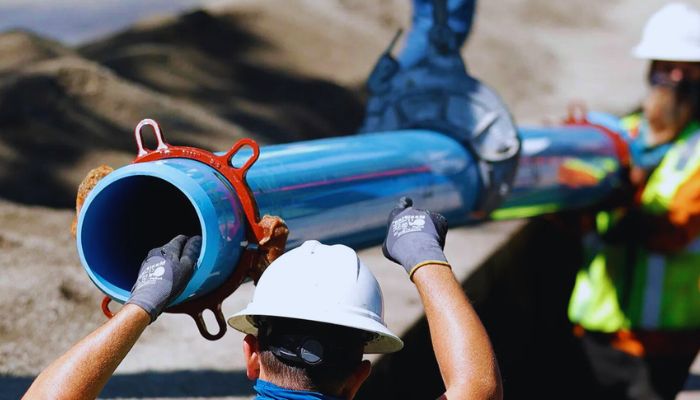
- Complete Renewal: Pipe replacement means new pipes, which can be a more reassuring solution for severely damaged or outdated systems. It offers a fresh start with new materials that can last for decades.
- Flexibility in Pipe Material Choice: Replacement allows for the selection of different materials, such as PVC, copper, or PEX, depending on the specific needs and preferences of the property.
- Resolving Complex Issues: For pipes with complex problems, such as major collapses or significant structural damage, replacement is often the only viable option.
- Upgrading the System: Replacement provides an opportunity to upgrade the entire piping system, potentially improving water flow and efficiency.
Disadvantages of Pipe Replacement
- High Level of Disruption: The biggest drawback of pipe replacement is the disruption it causes. Excavation can be extensive, affecting landscapes, driveways, and even interior spaces.
- Higher Costs: The cost of excavation, labor, and restoration can make pipe replacement more expensive, especially in the short term.
- Time-Consuming: The process is generally longer than relining, often taking several days to weeks, depending on the project’s scale.
- Environmental Impact: The excavation required for pipe replacement has a higher environmental impact, including disruption to ecosystems and a larger carbon footprint.
Making the Right Choice Between Pipe Relining and Replacement

Evaluating the Situation
The decision between a pipe repair or relining pipe damage and replacement hinges on several key factors. Understanding the specific circumstances and long-term implications is crucial for making an informed choice.
- Assessing Pipe Condition: The extent of the damage is a primary consideration. If the pipes are collapsed or severely misshapen, replacement might be the only option. For less severe damage, like cracks or corrosion, relining could be sufficient.
- Considering Property Layout: The location of the pipes plays a significant role. Pipes under buildings, landscaped areas, or hard-to-reach places are ideal candidates for relining to avoid excavation.
- Budget Constraints: While relining might be more cost-effective in the long run, the initial investment and specific project requirements could make replacement a more viable option in some cases.
- Long-Term Property Plans: For properties undergoing major renovations or expansions, replacing old pipes during the process might be more practical.
Weighing the Pros and Cons
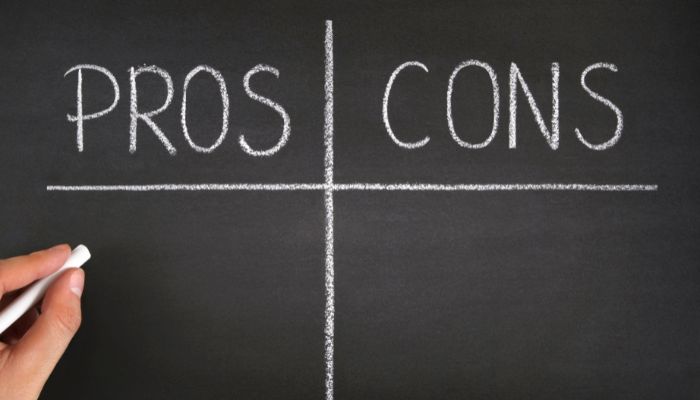
Making the right choice involves balancing the advantages and disadvantages of each method:
- Pipe Relining: Offers a less invasive, quicker, and potentially more cost-effective solution with minimal environmental impact. However, it may not be suitable for severely damaged pipes and has limitations regarding pipe size and shape.
- Pipe Replacement: Provides a complete renewal of the piping system, allowing for upgrades and material changes. It’s necessary for severely damaged pipes but comes with higher costs, more disruption, and a greater environmental impact.
Consulting with Professionals
Consulting with plumbing professionals is crucial. They can provide valuable insights based on their assessment of the pipe condition, property layout, and other technical factors. Their expertise can guide property owners toward the most suitable solution practical and cost-effective solution.
Considering Future Implications
The choice sewer pipe relining should also factor in future implications, such as maintenance requirements, potential property developments, and the likelihood of future pipe issues. For instance, if the area is prone to tree root intrusion, relining older pipes with a root-resistant material might be more beneficial.
Conclusion
In conclusion, the decision between pipe relining and pipe replacement costs is not one-size-fits-all. It requires a careful evaluation of the pipe condition, property specifics, budget, and long-term implications. By weighing the pros and cons of each method and seeking professional advice, property owners can make a choice that ensures the longevity structural integrity, efficiency, and reliability of their plumbing systems. This decision not only affects the immediate repair but also has long-term consequences for the property’s infrastructure and value.
Q&A Section
Q1: Is pipe relining always cheaper than pipe replacement? A1: Not necessarily. While pipe relining cost usually has lower long-term costs due to less excavation and restoration, the initial investment for pipe alignment itself can sometimes be higher than replacement, depending on the project’s specifics.
Q2: How long does pipe relining last compared to new pipes? A2: Relined pipes can last for several decades, similar in life expectancy to new pipes. The exact lifespan depends on the materials used both pipe relining and the pipe’s environment.
Q3: Can all types of pipes be relined? A3: Most types of pipes can be relined, but there are limitations. Pipes that are extremely damaged, collapsed, or have severe diameter changes may not be the most suitable solution for pipe relining project.
Q4: How disruptive is excavation process for pipe replacement compared to pipe relining techniques? A4: Pipe replacement is generally more disruptive as it involves excavation. This can affect landscapes, driveways, and even indoor flooring, whereas relining is much less invasive.
Q5: Are there any environmental benefits to choosing pipe relining over replacement? A5: Yes, the pipe relining process is more environmentally friendly the entire process as it requires less excavation, reducing soil disturbance and the carbon footprint associated with heavy machinery.
Q6: Can pipe relining fix all the broken pipe issues that replacement can? A6: Pipe relining is effective for many issues, but not all. It’s ideal for cracks, leaks, and corrosion. However, for pipes that are collapsed or broken pipes that have major structural issues, replacement might be the only option.
Q7: Should the age of the pipes influence the decision between relining and replacement of sewer pipes in damaged area? A7: Yes, the age of the pipes should be considered. Very old pipes might benefit more from replacement, especially if they are likely to face future issues beyond the current damage.
